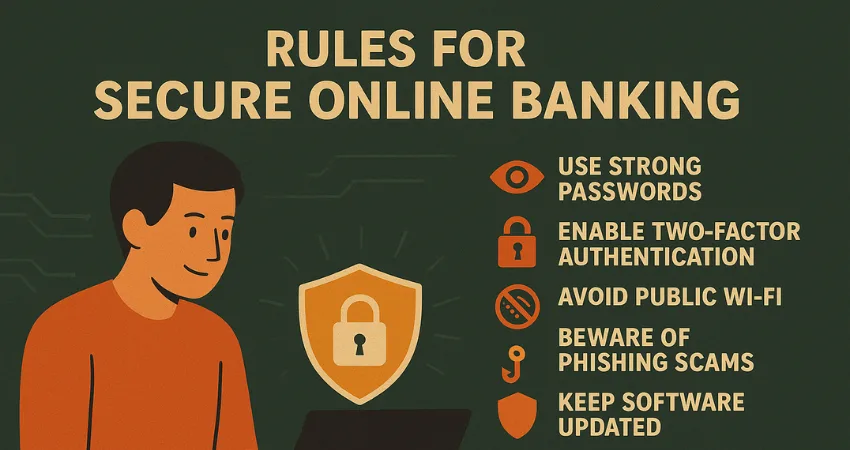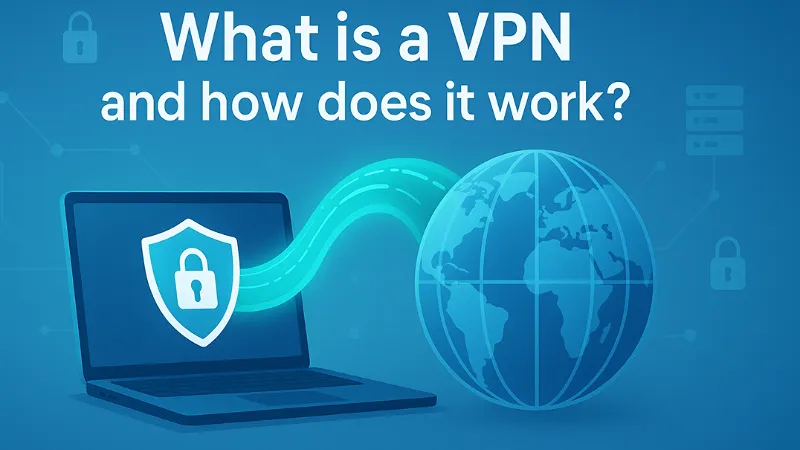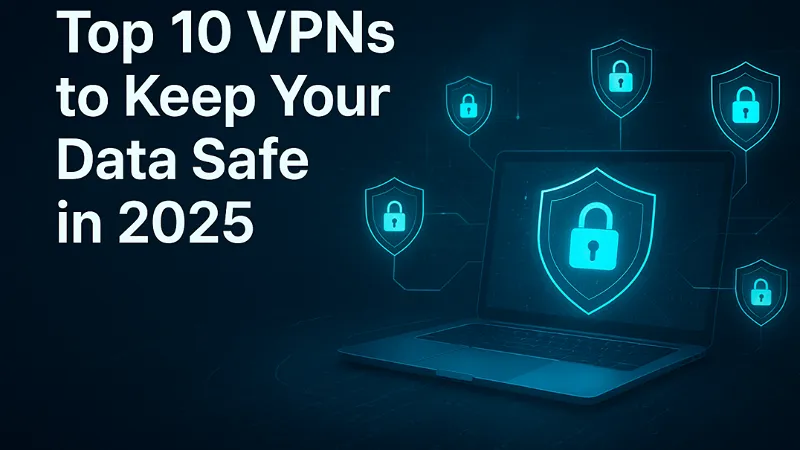Online banking has revolutionized the way we manage money – from paying bills and transferring funds to tracking expenses in real time. However, as online transactions grow, the need for Secure Online Banking becomes more important than ever. Practicing the 7 Rules for Secure Online Banking ensures that your sensitive financial data remains protected from cyber threats. But with this convenience comes a critical responsibility: keeping your financial information secure. Cybercriminals are always on the lookout for weak spots, so following the right habits can protect your accounts, personal details, and overall peace of mind.
Here are seven essential rules to ensure your online banking experience remains safe and secure.
7 important Online Banking Security Tips to Protect Your Finances
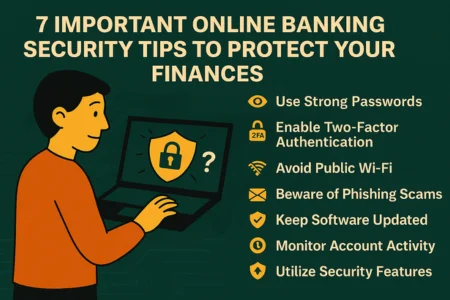
Safeguard your online banking experience with these seven actionable cybersecurity tips. Learn how to create strong passwords, enable two-factor authentication, use trusted networks, and spot phishing scams. This guide also covers the importance of software updates, account monitoring, and secure logout practices—empowering users to protect their financial data from fraud and unauthorized access.
Use Strong, Unique Passwords
When it comes to Secure Online Banking, one of the most critical steps is to Use Strong, Unique Passwords. Weak passwords are a leading cause of unauthorized access to online banking accounts. As part of the 7 Rules for Secure Online Banking, this rule emphasizes the importance of creating a password that cannot be easily guessed or cracked.
Your password should include a mix of uppercase and lowercase letters, numbers, and special characters. Avoid using common words, names, or easily available personal details like birthdays. The stronger and more unique your password is, the harder it becomes for hackers to breach your account.
For added safety, change your passwords periodically and never reuse them across different accounts. A reliable password manager can help you generate and securely store complex passwords, making Secure Online Banking easier to maintain. By following this rule, you’re setting a solid foundation for protecting your financial data online.
Enable Two-Factor Authentication (2FA)
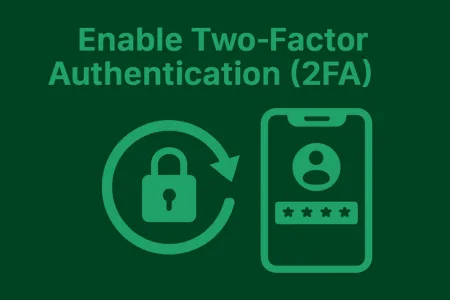
Among the 7 Rules for Secure Online Banking, one of the most effective ways to strengthen your account protection is to Enable Two-Factor Authentication. While it’s vital to Use Strong, Unique Passwords, relying on a password alone isn’t always enough to secure your financial information. Enabling 2FA adds an additional security layer to your login process, ensuring that even if someone discovers your password, they cannot access your account without the second verification factor.
Two-Factor Authentication typically requires you to verify your identity with a code sent to your mobile device, email, or through an authentication app. This means that even if your password is compromised, your account remains safe. As Secure Online Banking continues to evolve, enabling 2FA is becoming a standard practice for safeguarding sensitive financial data.
For maximum protection, make sure the phone number or email linked to your 2FA is always up-to-date and secure. Avoid sharing verification codes with anyone, and never approve login requests you didn’t initiate. By combining the practice of Use Strong, Unique Passwords with Enable Two-Factor Authentication, you significantly reduce the risk of unauthorized access and strengthen your overall Secure Online Banking strategy.
Only Use Trusted Devices and Networks
Access your online banking account from devices you trust, such as your personal laptop or smartphone. Avoid using public Wi-Fi networks or unsecured hotspots, as they are prime targets for hackers. If you must access your account on a public network, use a VPN (Virtual Private Network) to encrypt your connection.
Regularly Monitor Your Account Activity
Set up alerts for unusual activity like large transactions or failed login attempts. Review your account statements frequently to ensure there are no unauthorized charges. Early detection is key to preventing further damage in case of fraud.
Be Wary of Phishing Scams
Scammers often impersonate banks by sending fake emails or messages with links to counterfeit websites. Always double-check the sender’s email address, and avoid clicking on suspicious links. When in doubt, type your bank’s official website directly into your browser instead of using a link provided in an email.
Keep Your Software and Apps Updated
Keeping your devices and apps updated is one of the most crucial steps among the 7 Rules for Secure Online Banking. Many people underestimate how vital this is to maintaining Secure Online Banking practices. Cybercriminals are constantly searching for outdated systems and unpatched vulnerabilities to exploit. When you regularly update your devices, browsers, and banking apps, you’re essentially closing the door to these potential threats.
Updates don’t just improve performance; they often include critical security fixes designed to block hackers from accessing your sensitive data. Whether you’re using a smartphone, tablet, or computer, make sure to enable automatic updates for both your operating system and banking applications. This ensures you’re always protected with the latest security patches.
Regularly reviewing and updating your security software — including firewalls and antivirus programs – is also key to Secure Online Banking. Treat every update notification as a reminder that your digital safety depends on staying current. By keeping your Devices and Apps Updated, you’re strengthening your defense against cyberattacks and contributing to a safer, more secure online banking experience.
Log Out After Every Session
It’s tempting to stay logged in for convenience, but it’s safer to log out after each session. This prevents unauthorized access if your device is lost or stolen and minimizes exposure to session hijacking.
Why Online Banking Security Matters
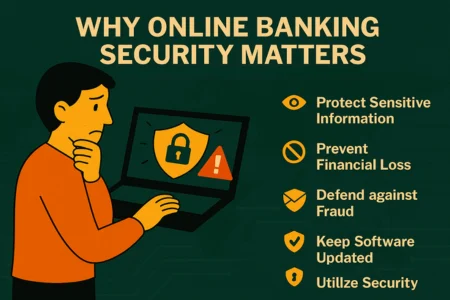
The shift toward digital banking is here to stay, but it comes with risks that can have serious consequences. Identity theft, unauthorized transactions, and fraudulent activities can lead to significant financial loss and emotional distress. Moreover, compromised accounts may also be used to access other linked services such as credit cards, investment portfolios, or retirement funds. Understanding how cybercriminals operate and recognizing suspicious activities can help you mitigate these risks effectively. A secure banking practice not only protects your finances but also preserves your trust and long-term financial well-being.
How Cybercriminals Target Online Banking Users

Cybercriminals use various tactics to deceive users, including:
- Phishing attacks: Fake emails or messages designed to trick users into sharing sensitive information.
- Malware: Software that infects your devices and steals login credentials or monitors your activities.
- Man-in-the-middle attacks: Intercepting data sent over unsecured networks, such as public Wi-Fi.
- Social engineering: Manipulating users by exploiting trust, often posing as bank representatives.
Recognizing these methods and staying informed about common threats will help you create a strong defense against them.

